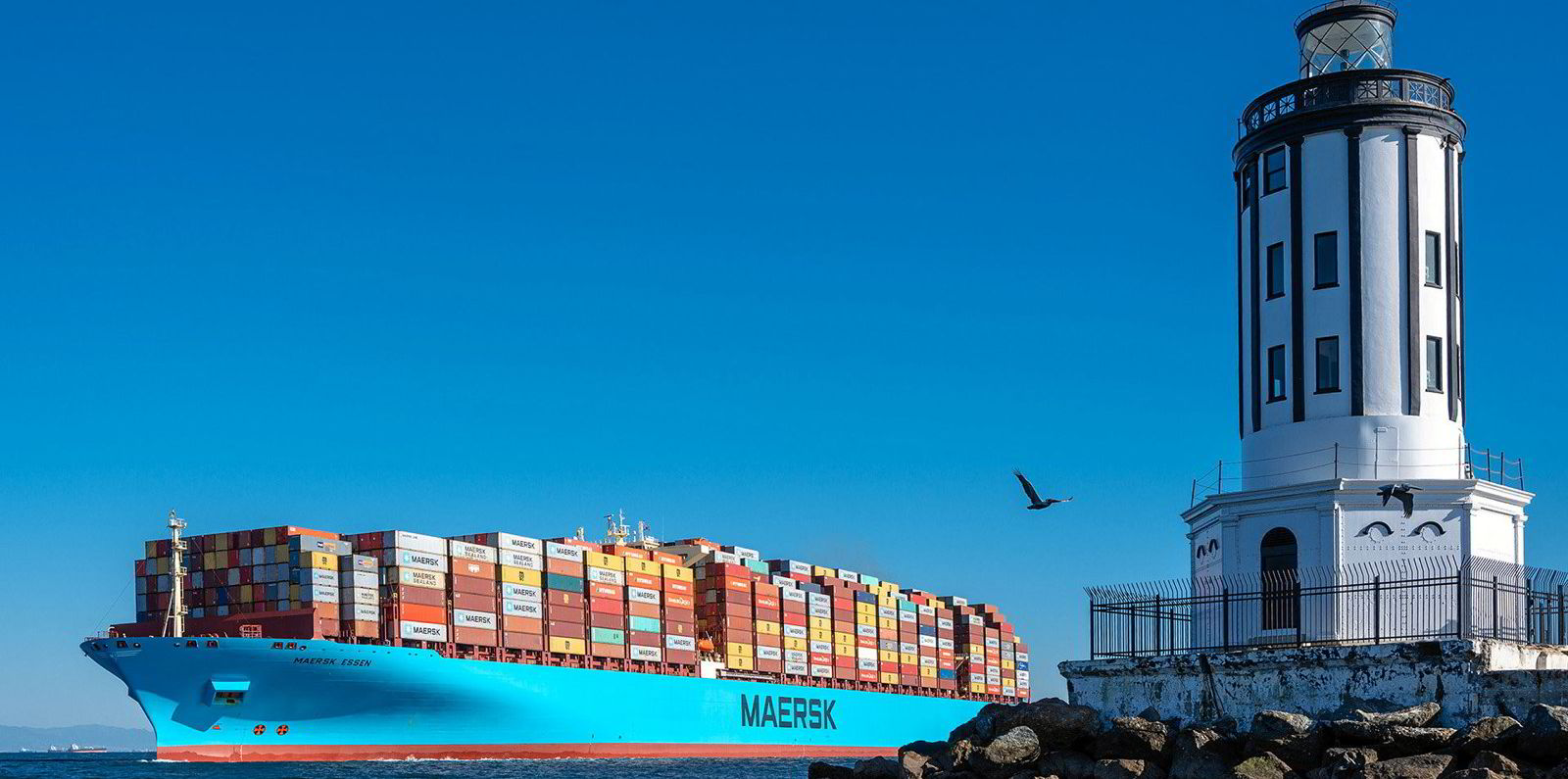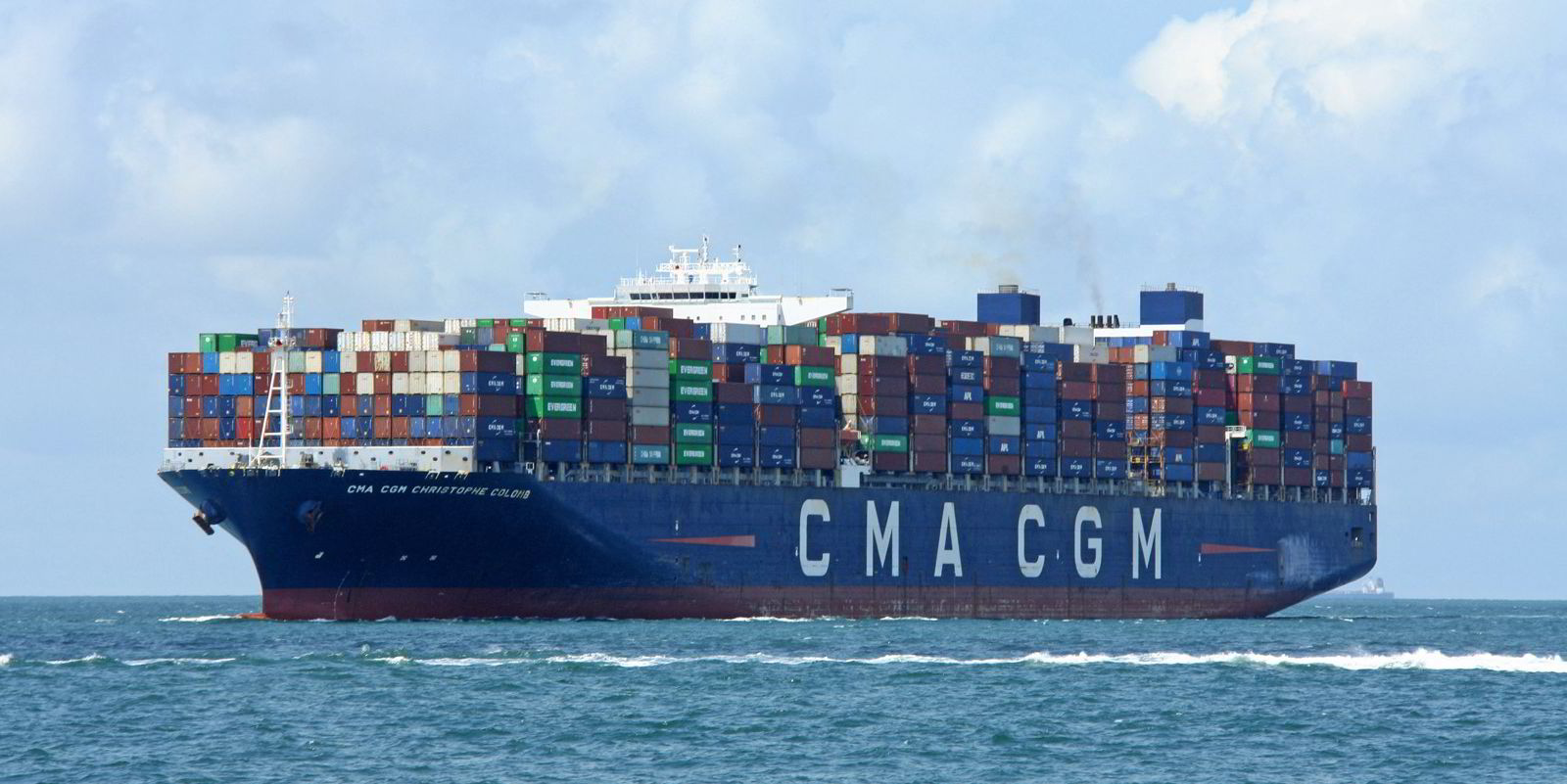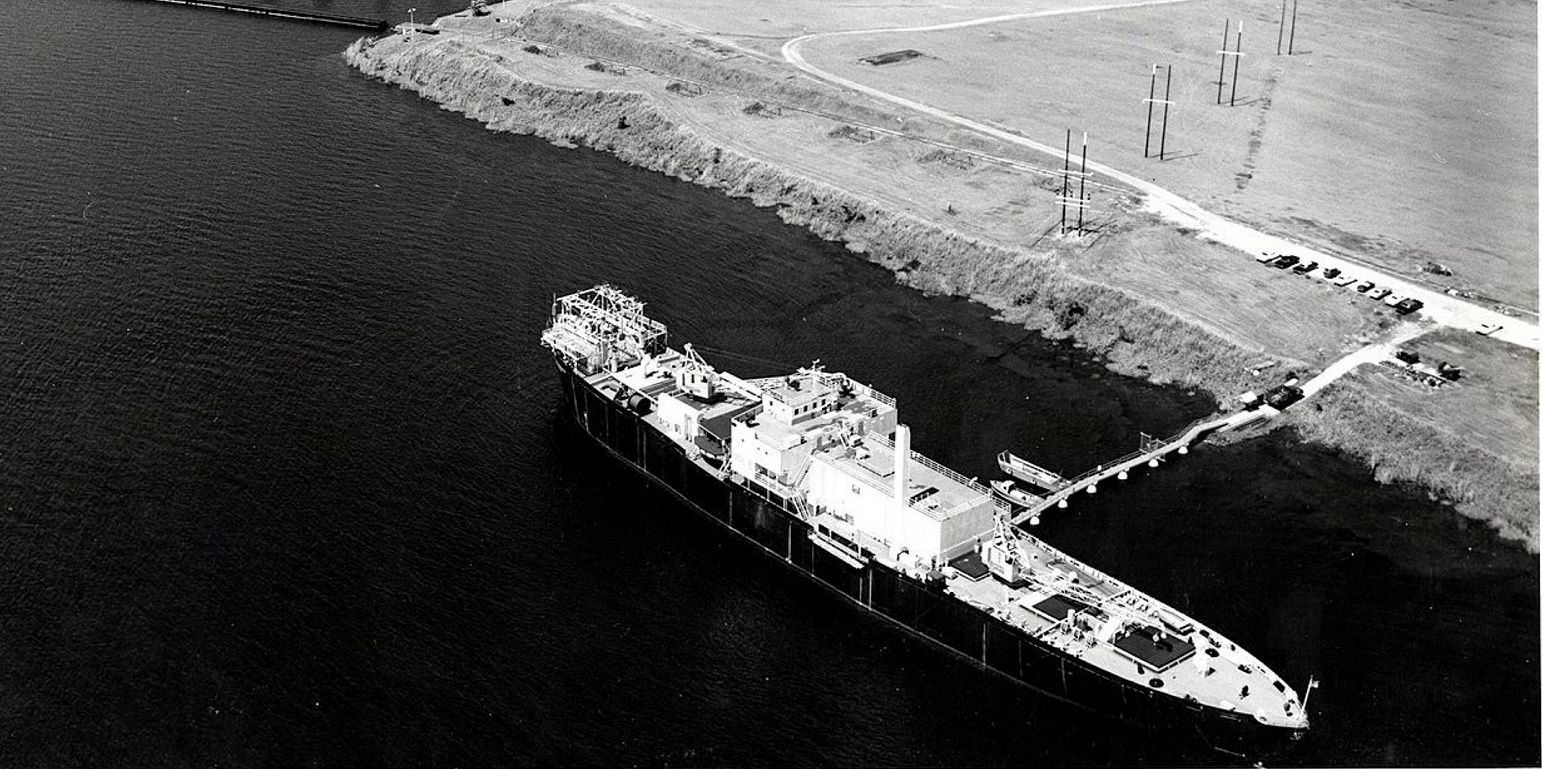It has been roughly two years since representatives of more than 20 nations met on the River Clyde in Glasgow to put “green shipping corridors” firmly in the maritime industry’s lexicon.
The so-called Clydebank Declaration was not the first time the term was used, but it was important in setting the stage for a mechanism that could play a key role in achieving the new decarbonisation goals of the International Maritime Organization by creating first-mover routes where ports, government agencies and industry work together to put low and zero-carbon shipping fuels into play.
“The Clydebank Declaration was a landmark in this green corridor thinking,” said Jesse Fahnestock, project director for decarbonisation at the Global Maritime Forum.

But experts on maritime’s green transition say governments need to act on making green corridors a reality, particularly as the wheels of IMO policymaking move too slowly to turn its own targets into reality without outside help.
That includes the goal of reaching a 20% to 30% cut in shipping’s greenhouse gas emissions in 2030 as the IMO continues to debate policy mechanisms to achieve that, not to mention later targets, including reaching net zero by about 2050.
In a recent insight brief in which Global Maritime Forum project manager Elena Talalasova was lead author alongside Fahnestock, the group wrote that green shipping corridors are entering their “make-or-break” moment.
Fahnestock told Green Seas that feasibility has already been explored for many green corridors, and a roadmap for action is taking shape, but still holding them back is the cost gap between cheap fossil fuels and costlier green fuels.
“Navigating over, around or through the cost gap is what makes it a make-or-break moment,” he said.
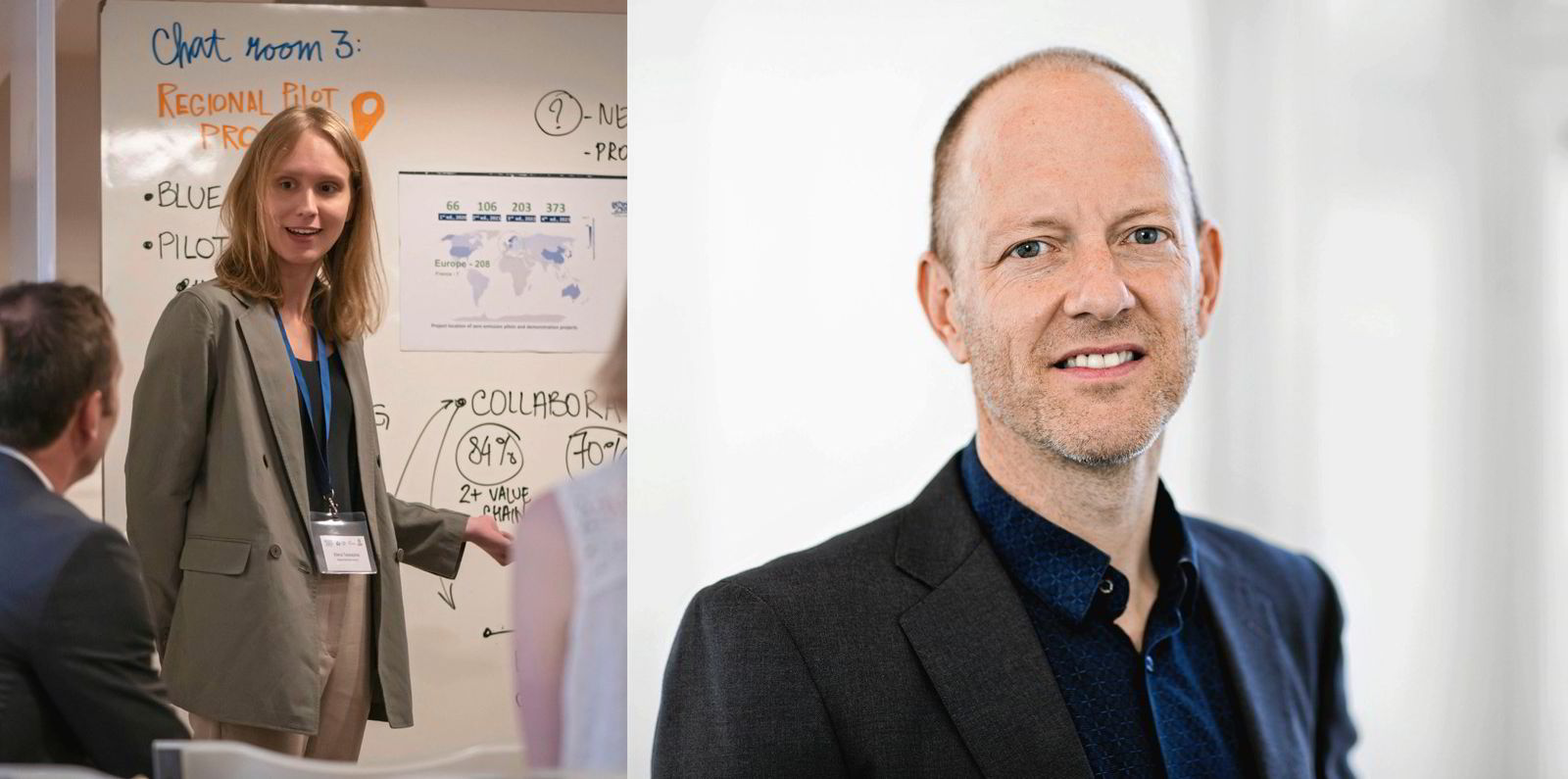
For some experts, the time that it will take for the IMO to come up with its policy initiatives makes national and regional action key to reaching 2030 goals, and green corridors are one key mechanism for doing that.
UMAS, a consultancy whose team includes researchers from University College London’s UCL Energy Institute, said in a recent white paper that if green corridors are not in place with ships running on zero or near-zero fuels well before 2030, the justification for the initiatives may no longer be valid.
“There’s a lot of talk about green corridors coming online by 2030, and what we are showing and saying here that actually, that’s going to be, that’s well late,” Nishatabbas Rehmatulla, a principal research fellow at UCL and a principal consultant at advisory UMAS, said of the report.
He told TradeWinds in September that Clydebank Declaration signatories need to come up with “some ambitious operationalisation” of green corridors by 2025 or 2026.
And Fahnestock said that achieving the 2030 goals is key to reaching the IMO’s 2040 target of cutting greenhouse gas emissions by 70% to 80%, as well as its net-zero target around 2050.
“When the rapid scale-up commences after the compliance regime from the IMO starts to take effect, you’re going to need these extremely low emission fuels available at very large scale. … So this is about getting those options to maturity before 2030,” he said.
“That’s the role of green corridors: figuring out which options are going to be ready to scale in 2030.”
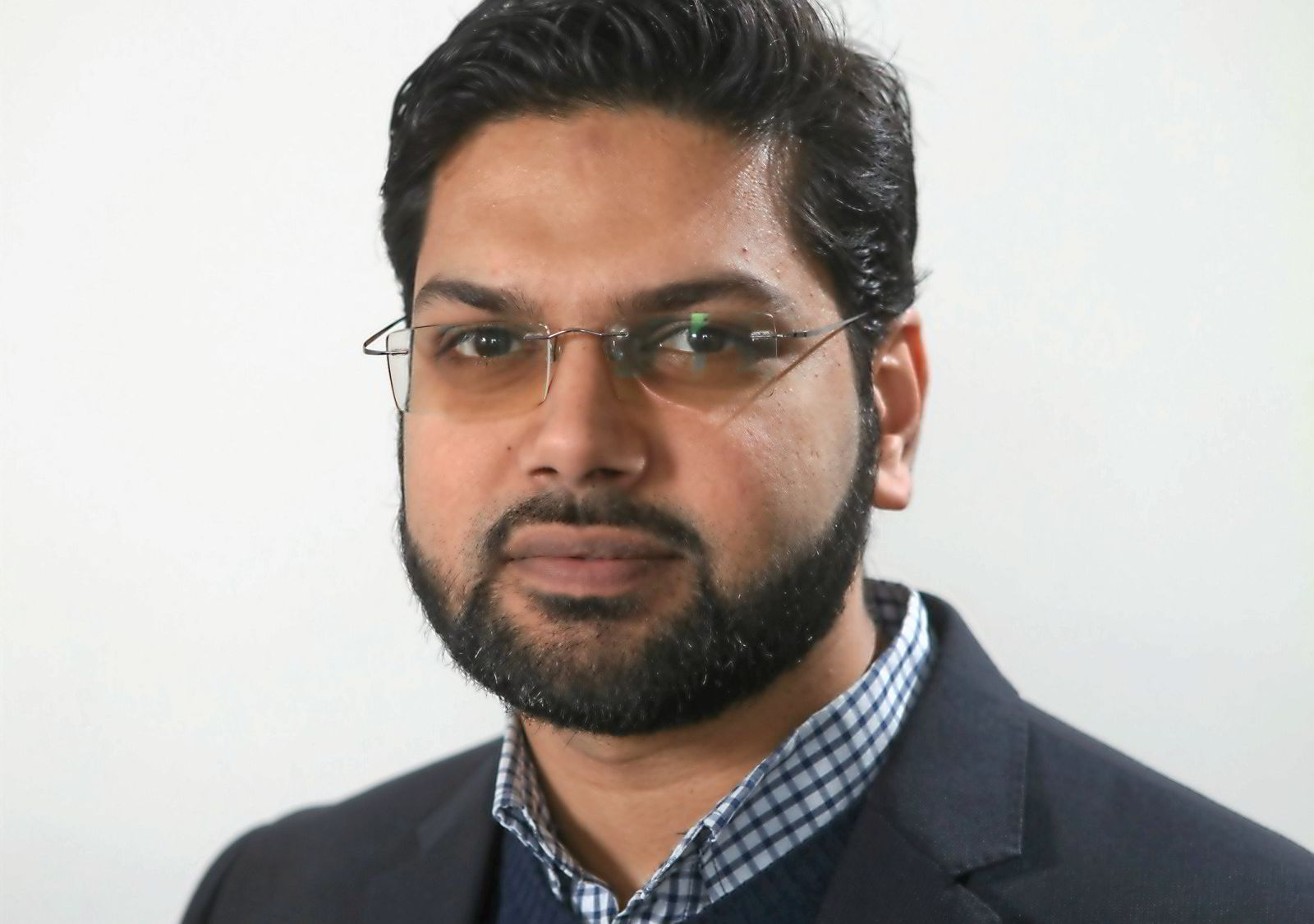
Talalasova and Fahnestock wrote in the Global Maritime Forum insight brief that, outside of voluntary action by industry, national governments are the only stakeholders with the means and incentives to enable the success of green corridors.
Among the available policy tools, subsidies are the most direct way to tackle the green fuels cost gap, they said.
“The single most important function for governments — and the one where no feasible alternatives currently exist — is to unlock private sector funding by de-risking the investments in scalable zero-emission technologies and narrowing the cost gap associated with early technology development,” the researchers wrote.
Meanwhile, a green corridor connecting the ports of Los Angeles, Long Beach and Shanghai is among those that have rolled out an implementation plan.
The ports are working with four major container lines — CMA CGM, Cosco Shipping Lines, AP Moller-Maersk and Ocean Network Express — aiming to deploy zero-carbon or near-zero fuels on the route by 2025.
The goal is to demonstrate the feasibility by 2030.
Heather Tomley, managing director of planning and environmental affairs at California’s Port of Long Beach, told Green Seas that the role of such corridors in meeting decarbonisation goals for shipping is to forge global partnerships that focus on putting zero-carbon capable ships on the water and move cargo using green fuels.
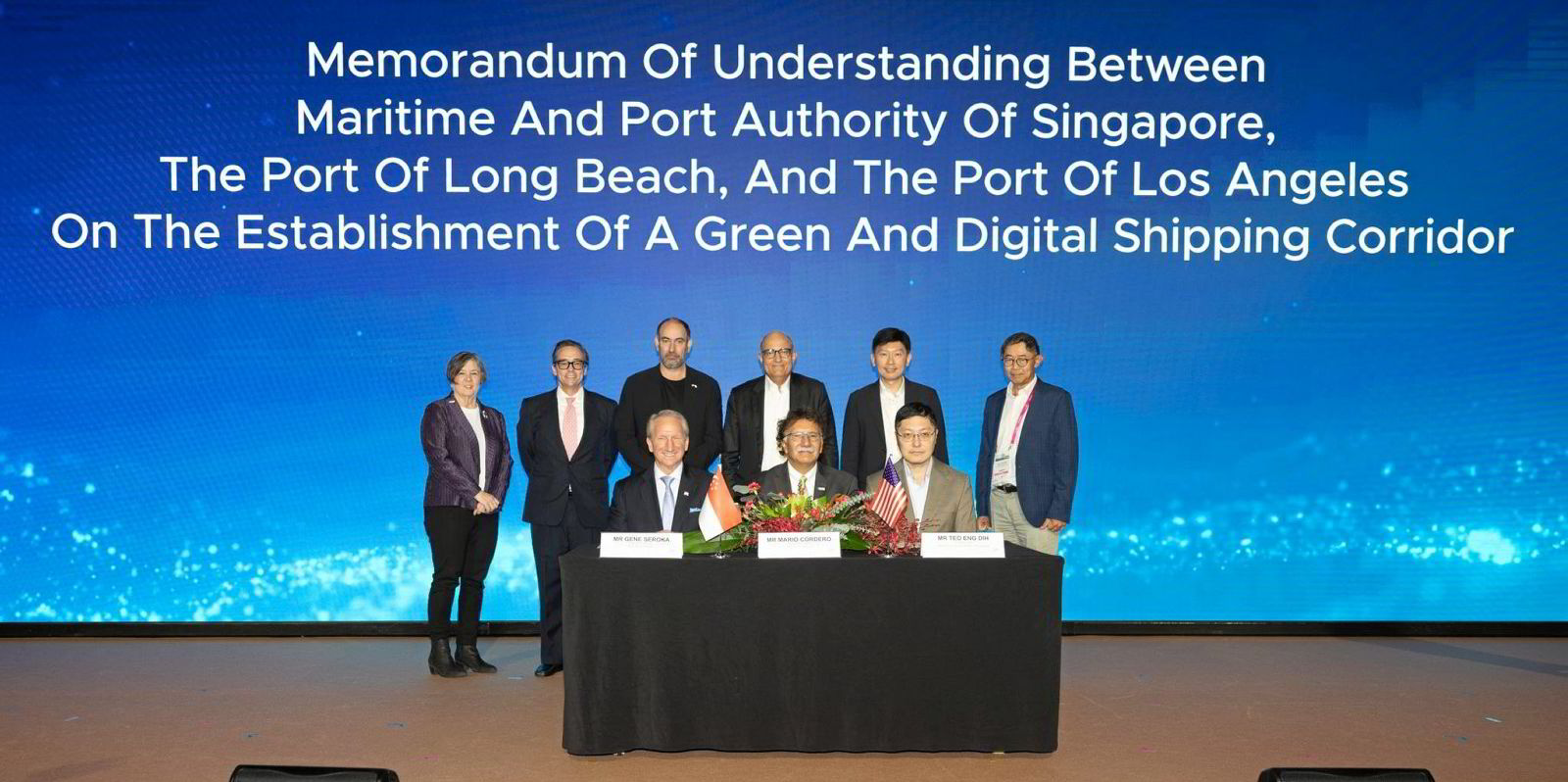
And Los Angeles and Long Beach have already expanded that effort, signing a green corridor deal with Singapore.
“When we do this initial deployment, we prove that it works, we’ve set up what it’s going to take from an infrastructure standpoint, making sure that the fuel is available where it needs to be available, and we’ve proven the safe operations of it, the idea is that this expands up from there,” Tomley said.
“It expands along the corridor and expands to other corridors.”
_______________
Podcast: Vehicle shipping’s drive towards alternative fuels
Almost 90% of pure car/truck carriers on order at shipyards worldwide are being built to run on alternative fuels, according to a TradeWinds count of data from shipbroker Clarksons.
The latest episode of the Green Seas podcast interviews Hoegh Autoliners chief executive Andreas Enger as his company looks to add ammonia to the mix.
And MAN Energy Solutions’ Thomas Hansen, head of promotion and customer support for two-stroke engines, explains how other shipowners in this sector are looking at alternative fuels.
_______________
CMA CGM joins liner operator rivals in passing EU emissions trading costs to customers
CMA CGM has joined the march of container liner operators levying a surcharge to pass down the cost of the European Union’s upcoming emissions trading rules.
The French liner giant said shipping’s entry into the EU Emissions Trading System will result in a surcharge that starts in mid-November.
The new fees range from €20 ($21) per teu for containerised dry cargoes from Asia to the Mediterranean to €60 per teu for reefer cargoes from Europe to South America’s west coast.
_______________
Why the first US-built wind turbine installation vessel could also be the last
REcharge reports that there is unlikely to be a second wind turbine installation vessel built in the US without some type of government assurances to allay fears over future turbine sizes and project pipelines, said senior industry figures.
Pipeline “is going to be the biggest hurdle,” said Lindsay van Antwerp, manager for commercial business development for General Dynamics NASSCO in California, one of the US’ largest commercial and naval shipyards.
“Because we don’t know what the turbine size is going to be in 10 years, we don’t know what that pipeline is going to look like for that vessel,” she added during a panel discussion at energy advocate American Clean Power Association’s industry conference.
